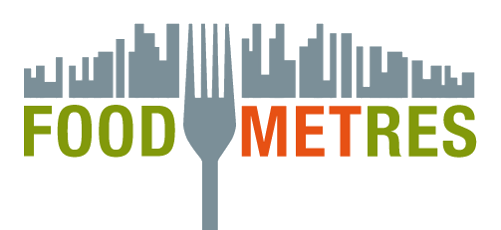Portrait of Kringloopboeren in Midden Delfland
The majority of the milk in The Netherlands is being processed by Royal FrieslandCampina, a large co-operative that is responsible for processing the milk of their 14,391 members that produce 8,838 billion kg milk. This is 76% of all milk produced in The Netherlands. There are roughly 400 on-farm processers in The Netherlands and 43 of these small processers are based in the Rotterdam area. For shortening dairy food chains we distinguish innovations focussing on circular dairy farming, land use and spatial planning schemes, new (small-scale) local dairy chains and the reoptimization of the global dairy trail. In The Netherlands we can distinguish four types of dairy farms, namely:
- Conventional dairy farm: A dairy farm with no special attention towards sustainability and a focus on making profit.
- Circular dairy farm: A dairy farm with special attention towards mineral circulation through the farm (land, feed, cow, manure) to increase farm sustainability.
- Pure graze dairy farm: A dairy farm having a seasonal calving system were all cows calve in spring and are only fed by grazing during spring, summer, autumn with limited addition of concentrates.
- Organic farm: A dairy farm practising under organic (SKAL) regulations resulting in no chemical fertilizers, no pesticides, less antibiotics, etc.
Figure 1 shows the (qualitative) expert assessment on the basis of the NGO Boerenverstand and researchers at WUR with regard to the effects of the four different dairy farm types on the three dimensions of sustainability. For the case study in Rotterdam, the project ‘Kringloopboeren in Midden Delfland’ works to strengthen the farmer’s position as the main provider of the typical landscape. To guarantee a sustainable income for these farmers and keeping the typical landscape there, more is necessary than what is done at this moment. These farmers have no other choice than to set up other activities with a focus outside the milk flow. Unfortunately most of these activities do not necessarily strengthen the link between ‘landscape – cow in the meadow – milk – and consumer’. With the help of the Metropolitan Foodscape Planner, workshop participants were able to project the needs of the city against the actual availability of grasslands in the wider metropolitan region. Figure 2 shows that there is in theory a substantial surplus of grassland available. The tool is supported by the digital MapTable device which allows users to propose land use changes to balance the food needs of the metropolitan region (see Figure 3).
